Ciudad Trujillo, the capital of the Dominican Republic in 1940, was the port of entry for most of the settlers. They arrived in ships or by air, stayed a few days in “La Capital,” and then were transported by car, truck or bus to Sosua. The sole intention of this exhibition is to present Ciudad Trujillo as the settlers saw the city when they first arrived in the Dominican Republic.
La Puerta del Conde: La Puerta del Conde was the western entrance into the colonial section of Ciudad Trujillo (today Santo Domingo). Not much remains of the defensive walls which once surrounded the entire city, except for several sections with gates and forts, including: La Puerta del Conde, La Puerta de la Misericordia, Fuerte San Jose, Fuerte Santa Barbara, Fuerte San Gil, Puerta de Don Diego etc. The muralla (defensive wall) was modified in 1655 after the English undertook the siege of the city. The invasion was thwarted by Spanish troops commanded by the Captain General of the Colony, Don Bernardino de Meneses y Bracamonte, Conde de Peñalva. Due to his valor, the site was named in his honor La Puerta del Conde.
The Cathedral of Santa María la Menor: Located in the Zona Colonial of Ciudad Trujillo, is dedicated to St. Mary of the Incarnation. It is the oldest cathedral in the Americas. Construction began in 1512 and was completed in 1540. The cathedral once held the title of “Primate” of the Americas. It has since been the only archdiocese to hold this title.
The Alcázar de Colón is the oldest viceregal residence in America. The building houses the Alcázar de Diego Colón Museum. The palace is an impressive construction of coraline blocks that once housed some fifty rooms and a number of gardens and courtyards. It was built under Diego Colón, the son of Christopher Columbus; when he became Viceroy of La Española and the Indies in 1509, he ordered the construction of a family home and governor’s mansion between 1510 and 1512. In 1586, the palace was sacked by Sir Francis Drake and his forces. The house fell into ruins, and by the mid-18th century was abandoned. It was rescued and extensively restored between 1955 and 1957.
There are many colonial buildings in the old part of the city which were the first of their kind in the Americas. Among these structures are the Cathedral of Santa Maria, the Alcazar de Colon, the Ozama fort, and the Convent of the Dominicans. Most of these buildings are now part of the UNESCO World Heritage List. These sites are properties that are considered as having outstanding universal value and merit being preserved for posterity.
Most of the information above was taken from Wikipedia.
PHOTO GALLERY
- Sosua, The Dominican Republic: A Refuge from the Holocaust in the Tropics. Back page
- Sosua, The Dominican Republic: A Refuge from the Holocaust in the Tropics. Page 2
- Sosua, The Dominican Republic: A Refuge from the Holocaust in the Tropics. Cover page
- Sosua, The Dominican Republic: A Refuge from the Holocaust in the Tropics. Page 1
- Dominican Republic Tourist Office in New York: Travel information (page 3)
- Dominican Republic Tourist Office in New York: Travel information (page 2)
- Dominican Republic Tourist Office in New York: Travel information (page 1)
- Textilera Dominicana (Dominican Textile Industry)
- Re-election of Trujillo 1947
- Unknown site
- Christopher Columbus statue
- Soldiers marching at ” El Malecon” close to Padre Billini Street
- Soldiers marching
- Dictator Rafael Trujillo and wife Maria Martinez
- “Parque Ramfis” – this park was named in honor of dictator Trujillo’s favorite son
- Street scene with armored tank
- Street scene – guards marching
- Street scene in Ciudad Trujillo (1940)
- Olympic swimming pool
- Remains of an almost 500-year-old-tree destroyed during San Zenon Hurricane
- A new suburb is being built, “Ensanche Ozama”
- Building houses in a new suburb, “Ensanche Ozama”
- Children next to Customs building – city wall in back
- Loading ships at the Ozama port
- Ships at the Ozama port
- Ships at the Ozama port
- Ships at the Ozama port
- Hotel Jaragua – cooking show
- Hotel Jaragua – bar
- Hotel Jaragua
- Hotel Jaragua – view from “El Malecon”
- General Andrews Airport
- Mercado Modelo – produce market located on Mella Avenue
- Produce market located on Mella Ave. (Mercado Modelo)
- Mercado Modelo – produce market located on Mella Avenue
- San Diego Door – lateral entrance to the walled city
- View of street from San Diego Door
- San Diego Door – entrance into the old walled city
- Fort Ozama – view from the river
- Ruins of the San Francisco Church
- Fort Santa Barbara
- Fort Santa Barbara
- Fort Santa Barbara
- Convent of the Dominicans (Convento de los Dominicos)
- City Hall – Palacio del Distrito
- Bell tower of the Cathedral of Santa Maria
- Main entrance of the Cathedral of Santa Maria – First cathedral in the Americas
- Lateral view of Cathedral Santa Maria
- Alcázar de Colón
- Busy commercial street – Calle El Conde
- Main entrance to the walled city – Puerta del Conde
- Main entrance to the walled city – Puerta del Conde
- View of El Conde Street from “Puerta del Conde”
- Emiliano Tejera Street located in the old city (Zona Colonial)
- El Conde Street – main commercial street of Ciudad Trujillo
- Aerial view of “El Malecón”
- “El Malecón,” close to Padre Billini Street
- George Washington Ave. (El Malecón) – This avenue stretches from the old port located at the mouth of the Ozama River to the city of Haina
- Aerial photo of Ciudad Trujillo
- Aerial view of Ciudad Trujillo
- Map of Ciudad Trujillo in the 1940s
- Dominican Republic map in the 1940s
Copyright protected

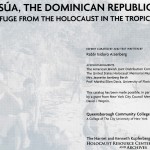
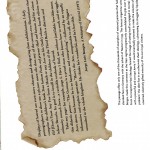
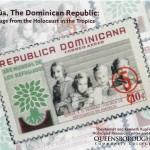
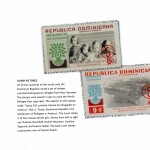
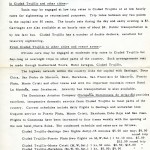
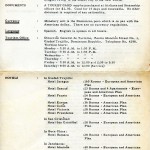
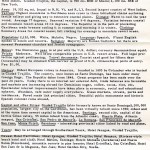
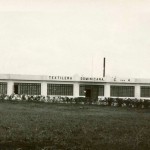

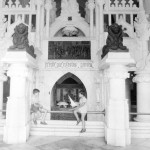
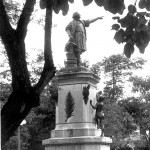
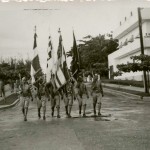
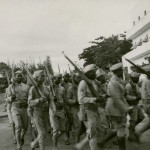
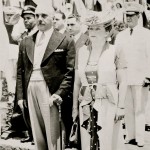
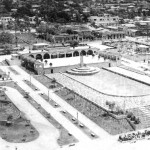
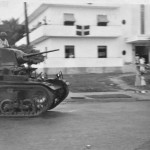
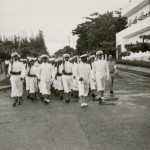
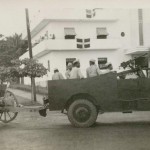
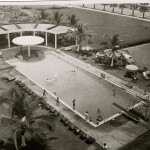
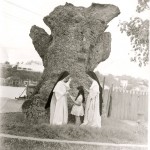
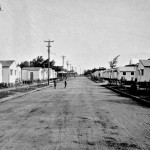
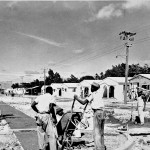
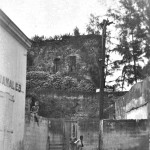
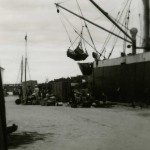
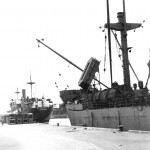
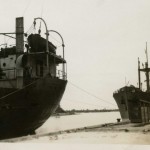
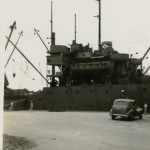
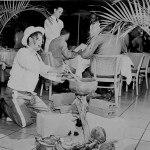
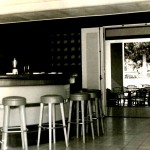
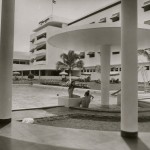
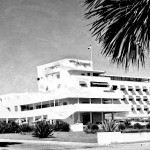
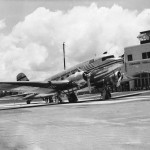
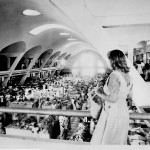
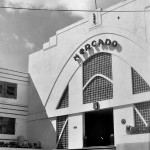
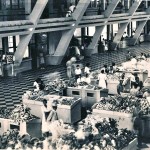
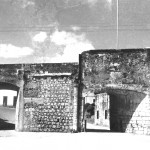
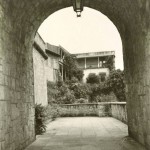
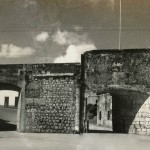
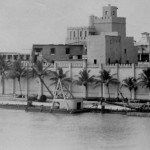
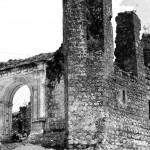
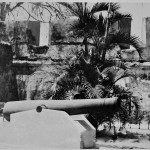

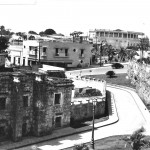

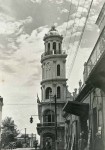
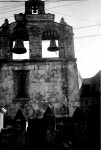

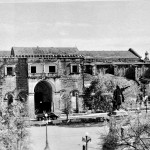
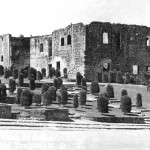
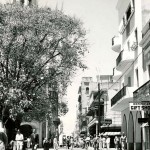
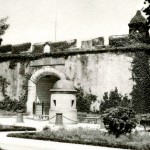
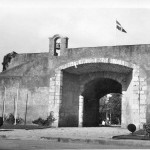
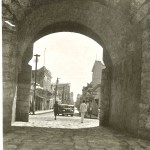

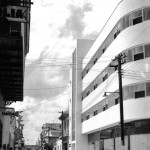
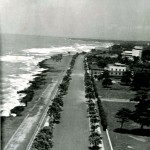
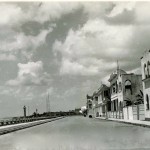
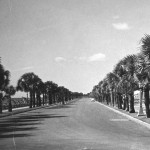
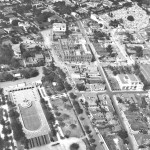
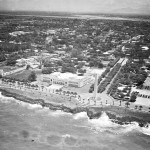
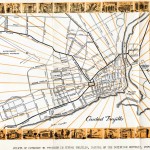
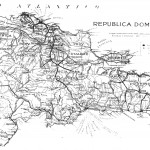
4 Responses to “La Capital” – Ciudad Trujillo in the 1940s